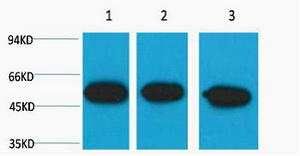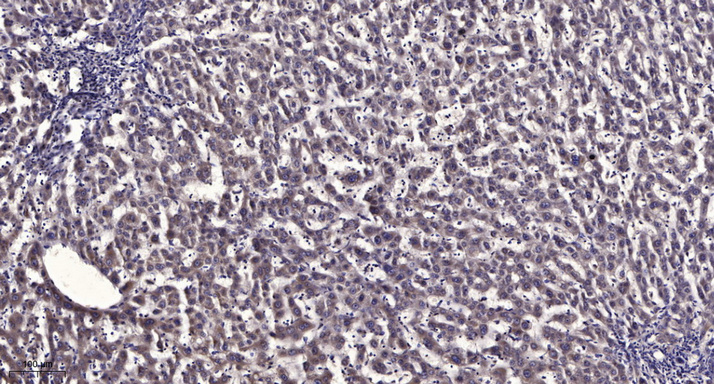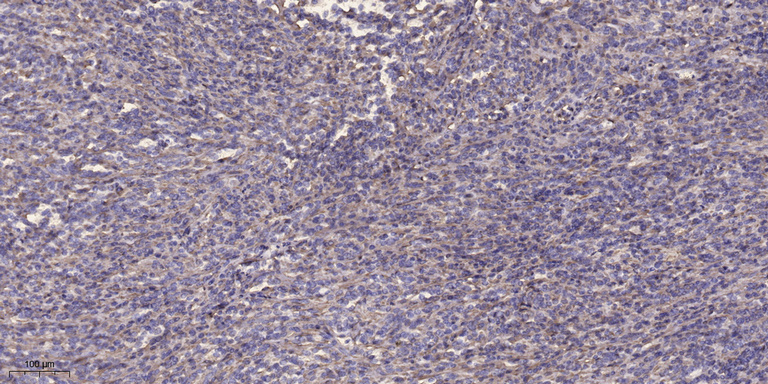Total Tubulin β Cell-Based Colorimetric ELISA Kit
- Catalog No.:KA3422C
- Applications:ELISA
- Reactivity:Human;Mouse;Rat
- Gene Name:
- TUBB3
- Human Gene Id:
- 10381
- Human Swiss Prot No:
- Q13509
- Mouse Swiss Prot No:
- Q9ERD7
- Rat Swiss Prot No:
- Q4QRB4
- Storage Stability:
- 2-8°C/6 months
- Other Name:
- Tubulin beta-3 chain (Tubulin beta-4 chain) (Tubulin beta-III)
- Detection Method:
- Colorimetric
- Background:
- domain:The highly acidic C-terminal region may bind cations such as calcium.,function:Receptor for MSH (alpha, beta and gamma) and ACTH. The activity of this receptor is mediated by G proteins which activate adenylate cyclase.,function:Tubulin is the major constituent of microtubules. It binds two moles of GTP, one at an exchangeable site on the beta chain and one at a non-exchangeable site on the alpha-chain.,polymorphism:Genetic variations in MC1R are associated with variation in skin/hair/eye pigmentation type 2 (SHEP2) [MIM:266300]. Hair, eye and skin pigmentation are among the most visible examples of human phenotypic variation, with a broad normal range that is subject to substantial geographic stratification. In the case of skin, individuals tend to have lighter pigmentation with increasing distance from the equator. By contrast, the majority of variation in human eye and hair color is found among individuals of European ancestry, with most other human populations fixed for brown eyes and black hair.,polymorphism:Variations in MC1R are linked to the degree of skin pigmentation (Types I-IV). Type I skin the most lightly pigmented and type IV the most dark pigmented. Partial loss-of-function mutations are associated with fair skin, poor tanning and increased skin cancer risk.,similarity:Belongs to the G-protein coupled receptor 1 family.,similarity:Belongs to the tubulin family.,subunit:Dimer of alpha and beta chains.,tissue specificity:Melanocytes and corticoadrenal tissue.,
- Subcellular Location:
- Cytoplasm, cytoskeleton . Cell projection, growth cone . Cell projection, lamellipodium . Cell projection, filopodium .
- Expression:
- Expression is primarily restricted to central and peripheral nervous system. Greatly increased expression in most cancerous tissues.
- June 19-2018
- WESTERN IMMUNOBLOTTING PROTOCOL
- June 19-2018
- IMMUNOHISTOCHEMISTRY-PARAFFIN PROTOCOL
- June 19-2018
- IMMUNOFLUORESCENCE PROTOCOL
- September 08-2020
- FLOW-CYTOMEYRT-PROTOCOL
- May 20-2022
- Cell-Based ELISA│解您多样本WB检测之困扰
- July 13-2018
- CELL-BASED-ELISA-PROTOCOL-FOR-ACETYL-PROTEIN
- July 13-2018
- CELL-BASED-ELISA-PROTOCOL-FOR-PHOSPHO-PROTEIN
- July 13-2018
- Antibody-FAQs



